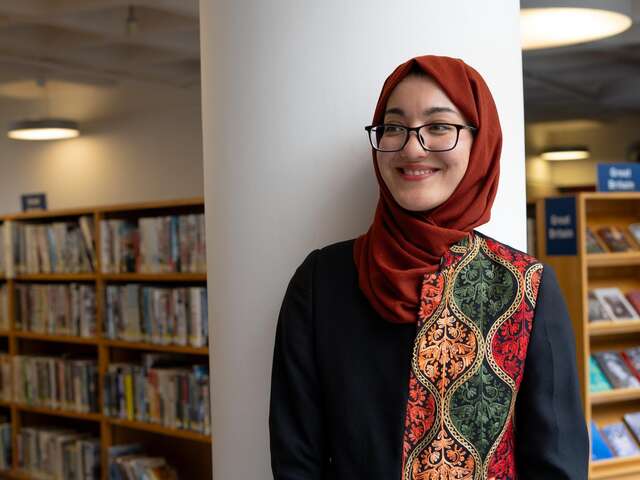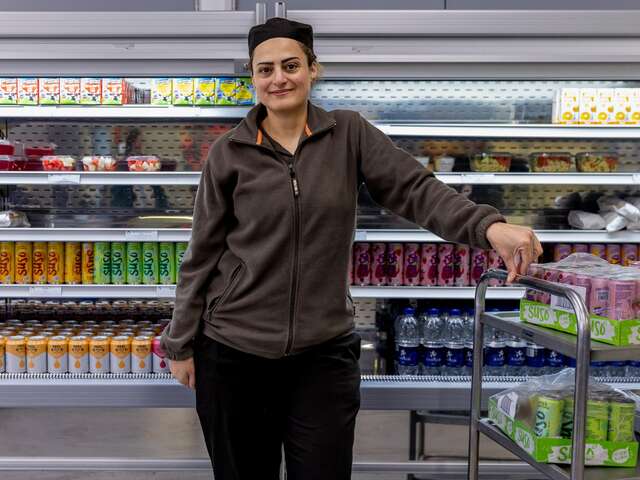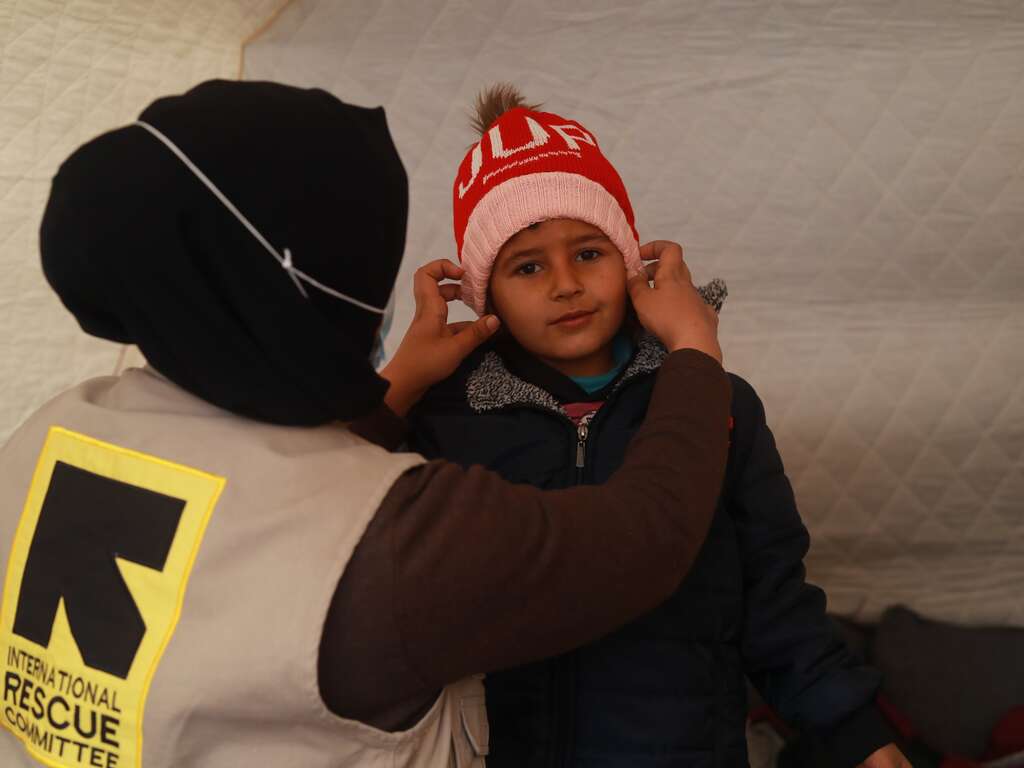Refugees and asylum seekers in the UK face immense challenges as they work to rebuild their lives. After being forced to leave behind their homes, families and careers in search of safety, many then encounter further barriers to employment and support. Yet, according to Lift the Ban, 94% of asylum seekers are eager to work and contribute to their new communities.
But with so much misinformation about claiming asylum in the UK, we are exploring the realities, including the legal rights of asylum seekers to work and claim benefits, as well as the broader challenges people face in rebuilding their lives. By offering stronger support and more opportunities for refugees and asylum seekers, we can help them rebuild their futures while also enriching the UK’s economy and society.
What exactly does it mean to be an asylum seeker?
An asylum seeker is someone who has fled their home country due to war or persecution and is seeking international protection (asylum), but whose claim for refugee status has not yet been legally determined.
The key difference between an asylum seeker and a refugee lies in the official recognition of their status. While both have fled dangerous situations in their home countries, refugees have already been granted official status and protection, whereas asylum seekers are still in the process of seeking that recognition.

To be considered for asylum, people must prove to authorities that they meet the criteria for refugee protection. This process can be lengthy and complex, and not all asylum seekers will be recognised as refugees. It is not illegal to seek asylum in the UK and the 1951 Refugee Convention, of which the UK is a signatory, states that people can seek asylum in any country they choose.
Read more: Migrants, asylum seekers, refugees and immigrants: What’s the difference?
Do people have to claim asylum in the first country they reach?
There is no legal obligation for people seeking safety to claim asylum in the first country they reach, as stated in the Refugee Convention.
There are multiple reasons why refugees might come to the UK and begin to rebuild their lives. But the reality is, 70% of refugees remain in countries neighbouring their homeland. For example, according to UNHCR statistics, Turkey currently hosts nearly 4 million refugees - more than any other country in the world - and most are from Syria which has been torn apart by war since 2011. To put this in perspective, as of the end of 2023, the UK had approximately 448,000 refugees, which means refugees constitute around 0.7% of the population.
Read more: Why don't refugees stay in the first country they reach?
How many people seeking asylum are there in the UK?
In the year ending June 2024, there were 75,658 asylum applications (relating to 97,107 people) in the UK. According to the Home Office, the previous year, there were 78,768 asylum applications (relating to 97,390 people) in the UK.
There are far fewer people applying for asylum in the UK compared to other countries. In terms of the number of asylum applications per head of population, in the year ending March 2024, the UK ranked 20th highest in Europe.
Can asylum seekers work?
Asylum seekers in the UK are not given permission to work by the Home Office. There are some limited exceptions, for example where an applicant has an existing right to work, based on their current leave to remain in the UK, or after 12 months where they may work in one of the few roles on the shortage occupation list.
Despite arguments that granting the right to work would encourage irregular migration to the UK, there is no evidence that asylum seekers are influenced by the labour market of the countries they are seeking safety in. Having family and friends in the UK or speaking the language are more important factors of asylum seekers’ decisions to come to the UK.
There is a strong case to grant asylum seekers the right to work in the UK based on welfare, as well as wider benefits to the community and the economy. A recent report found the UK economy could receive net benefits of £1.2 billion in five years if employment support and English-language for refugees were quickly implemented. Published by the Commission on the Integration of Refugees, the research states immigration costs could be outweighed by positive outcomes in three years by supporting refugees and asylum-seekers into work.

What benefits can asylum seekers claim?
Without the right to work, most people seeking asylum are unable to rebuild their lives and provide for themselves and their families while waiting for the outcome of their applications.
The weekly allowance equates to just £49.18 a week, which is just £7 per day. This must cover essential needs such as food, clothing and toiletries, but also travel to appointments and any other expenses. For asylum seekers who are housed in hotels, they will receive just £8.86 per week for each person in their household instead.
There is some extra funding available for pregnant women and mothers with babies and very young children. Children aged 5-17 can attend free state school. People seeking asylum can access medical care through the National Health Service (NHS) healthcare.
Asylum support was intended to be short-term while claims are processed, but the wait is often months or even years long. According to the most recent data from 2022, asylum applications took an average of around 21 months to receive an initial decision in the UK, leaving families trapped in poverty and unable to contribute to their local communities.
Do refugees and asylum seekers get free housing?
In the UK, asylum seekers and refugees are not automatically entitled to free housing, but may be eligible for some support. When people seeking asylum arrive, many don’t know anyone and have nowhere to go. The Home Office may house them in an initial accommodation centre, such as a hotel, but this is a temporary measure and the conditions are often difficult. Many asylum seekers face frequent relocations, disrupting their ability to form local connections, which can in turn impact on their ability to find housing and access services.
Once an asylum seeker is granted refugee status, they are required to leave asylum accommodation and have just 28 days to find appropriate housing. Although technically able to choose where to live, in reality, refugees are frequently given very limited choices. For many, they may end up in temporary accommodation, with only limited opportunities to accept a housing offer before further support is withdrawn. This often leads to precarious housing situations or even homelessness.
People with refugee status will need to pay rent or seek government assistance like anyone. They are assessed under the same criteria as British nationals and are not automatically prioritised for any housing they need.
What is the IRC?
The International Rescue Committee (IRC) helps people affected by humanitarian crises to survive, recover and rebuild their lives. We deliver lasting impact by providing health care, helping children learn, and empowering individuals and communities to become self-reliant, always with a focus on the unique needs of women and girls. Our work spans more than 40 crisis-affected countries, and we provide resettlement, asylum, and integration services in communities across the United States and Europe, including supporting refugees rebuilding their lives in the UK.




